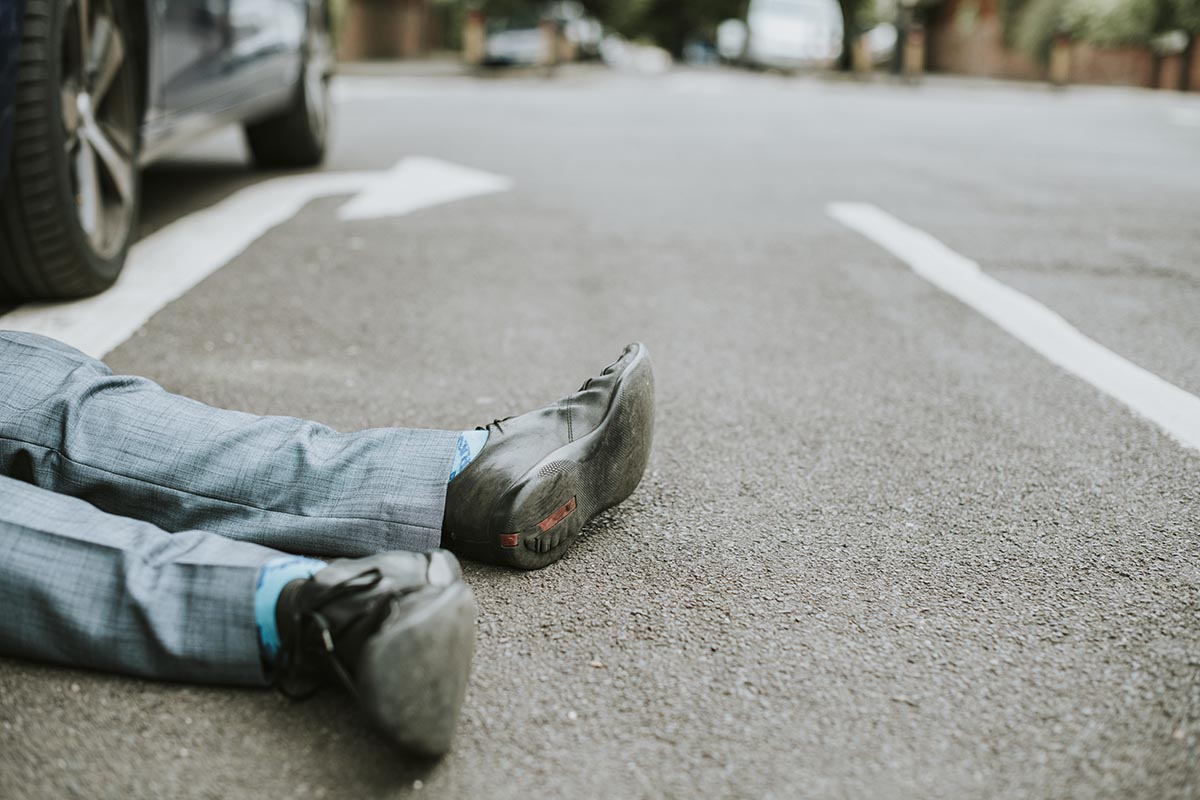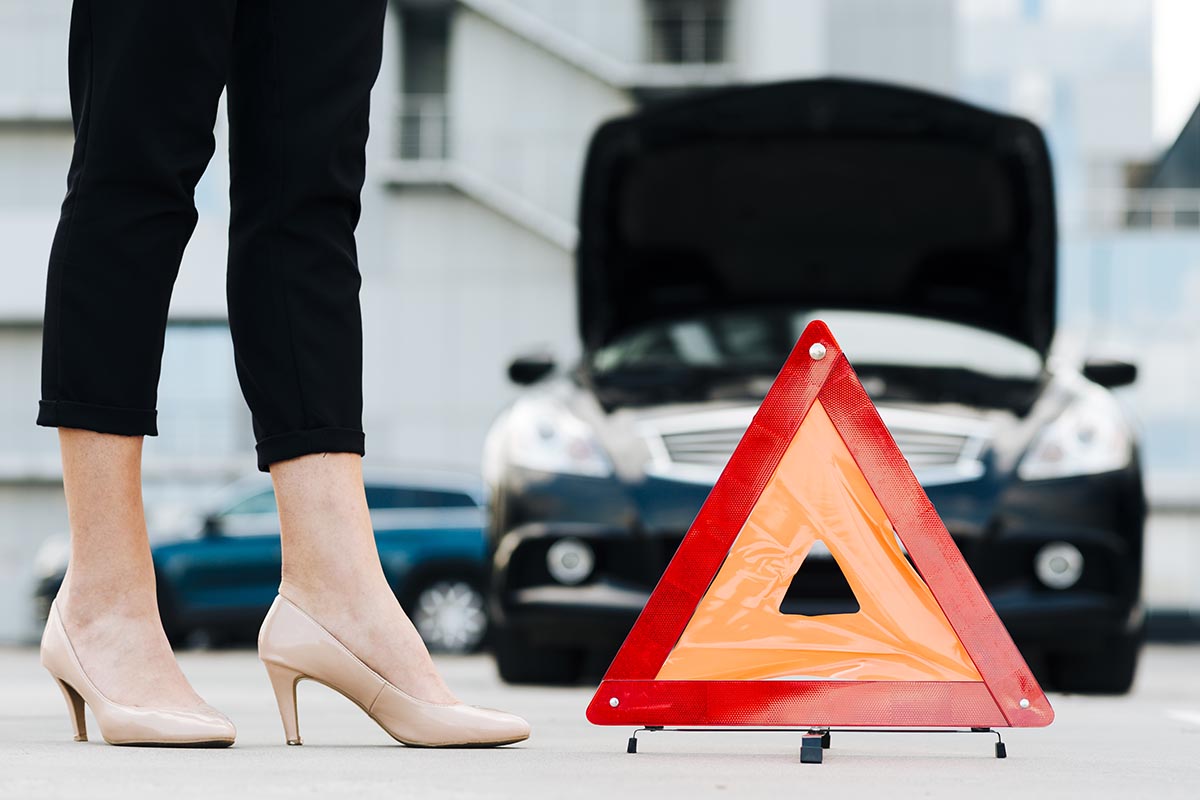Laws and Regulations That Can Affect Pedestrian Accident Claims
Being behind the wheel of a vehicle is a huge responsibility. One of the main things is being aware of pedestrians and ensuring that you’re not injuring anyone. Pedestrians face a huge danger when around cars because of poor sidewalks, people not understanding who has the right of way, and more.
When a pedestrian is injured, they can file a personal injury claim to cover any physical and emotional damages that the accident caused. While many pedestrians do this, there are specific laws and regulations in place that can affect pedestrian accident claims. Do pedestrians have the right of way? Keep reading to learn more about these laws.
Pedestrian Right of Way Regulations
When it comes to a pedestrian having the right of way, it varies from state to state. Depending on where you live, the pedestrian might have the right of way, and they might not. Generally speaking, pedestrians have the right of way at all marked crosswalks throughout the 50 states.
Even though most times, pedestrians have the right of way at marked crosswalks, it’s not always the same in all situations.
When Don’t Pedestrians Have the Right of Way?
Depending on where you are, there are situations where the pedestrian doesn’t automatically have the right of way, and a car does. Some examples of these situations would be when at non-marked crosswalks when cars already have the right of way or when it’s marked that the vehicle has the right of way.
There are some expectations when some pedestrians have the right of way over others. For example, when a pedestrian doesn’t technically have the right of way, but the pedestrian has seeing impairments or is using a cane or seeing eye dog, they always have the right of way.
Bicyclist Regulations
Bicyclists are considered pedestrians when it comes to road rules. They have their own set of rules that must be followed to ensure they’re safe. Bikers need to:
- Bike in the same direction of traffic as the side of the road you’re on
- Stop at all stop signs, red lights, and crosswalks
- Yield to vehicles that have the right of way
How Right of Way Affects Pedestrian Accident Claims
So, how do all these right-of-way rules and regulations affect pedestrian accident claims? They can significantly impact these types of claims! As a pedestrian who has been injured in an accident, they 100% had the right of way when a vehicle hit them, then they have a strong case and are likely to win the compensation they’re seeking.
Even though a pedestrian will likely be more hurt than someone in a car during an accident, there are situations where the pedestrian is at fault, which can impact their accident claim.
If a pedestrian steps off the sidewalk into oncoming traffic when they don’t have the right of way, it can cause their pedestrian accident claim to be denied or not result in the compensation they want. When the vehicle has the right of way and hits a pedestrian, despite the pedestrian getting injured, the driver of the vehicle can win their case against the pedestrian usually.
Conclusion
Both drivers and pedestrians need to be mindful since we co-exist globally. There are many situations where a pedestrian has the right of way, but they don’t always. When pedestrians have the right of way and are injured in an accident, they’re more likely to win their accident claim.
On the other hand, when the vehicle has the right of way, and the pedestrian walks in front of them, they won’t have as strong of a case as the car’s driver. The best thing you can do is be mindful of the right-of-way laws and hire a qualified accident attorney if you’re a pedestrian injured by a vehicle.




















